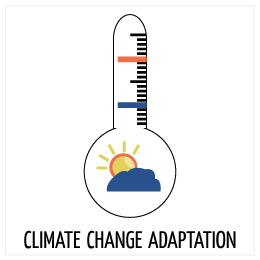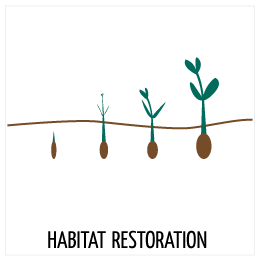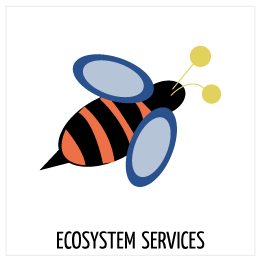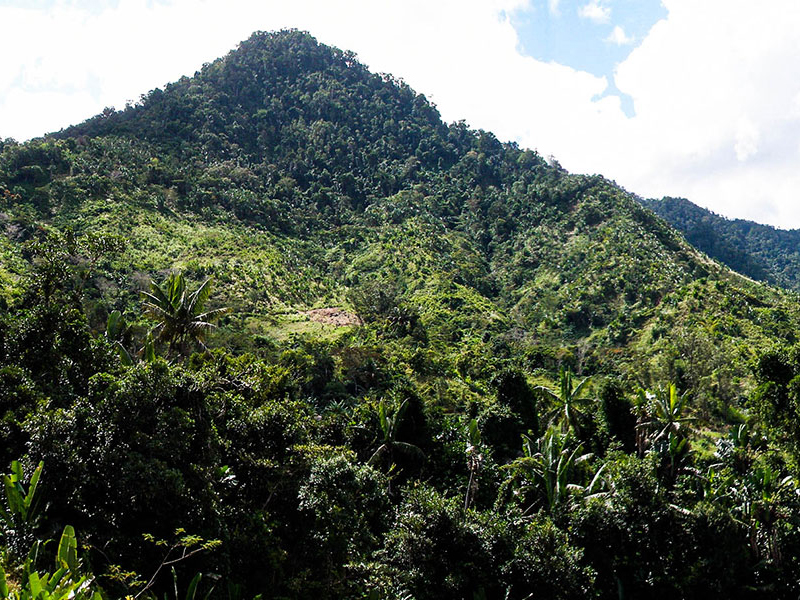




Tavy or slash and burn has long been one of the main agricultural practices used to clear forest land prior to planting rice or other crops in Madagascar. This is no different in the area near the Betampona Nature Reserve, a unique biodiversity hotspot and Madagascar’s first protected area. The reserve’s border used to be directly surrounded by barren fields, making fire hazards and edge effects even more likely. Through a solid partnership, the NGO Madagascar Fauna and Flora Group, Madagascar National Parks and four village communities joined forces to create a protective buffer zone around the reserve through the forest restoration project, that started 12 years ago. In total, 400 villagers and local associations have planted almost 100,000 trees resulting in an overall better protection of the Reserve. The participants earn conservation credits which they can exchange for relevant tools and items that will improve their daily life. The initiative also includes a sustainable eco-agriculture component supporting farmers and is part of a wider integrated conservation and development programme.
When: Since 2007 (Phase 1)
Who: Four village communities, NGO Madagascar Fauna and Flora Group, Madagascar National Parks
How: Investing in a long-term trust relationships with the rural communities around the Betampona Nature reserve through an integrated approach
- Encouraging villagers to plant native and endemic plant species through a forest restoration project and yearly competition
- Creation of four tree nurseries and continuous training of local nursery workers
- Planting of commercially relevant species on lands closer to the village
- Awareness raising campaign and events on the wider benefits of the Reserve for the local communities
Impact
Benefits for nature:
- Creation of a buffer zone, surrounding the Reserve (0-100m) but also the wider area (100m-2km)
- Almost 100, 000 trees planted in the last 12 years, amounting to 45 hectares of restoration
- Planting of 54 endemic species, hereby conserving these key priority species
- Reduction of edge effects (fires, invasive species, infractions) and thus better protection of the Reserve
Benefits for communities:
- A system of conservation credits for the tree planters that can be exchanged against items to improve their daily lives (e.g. more efficient cooking stove, tools to work the land, …..)
- Access to seed of commercial plant species
- Eco-agriculture support and access to environmental education programme for children
- Ecosystem services provided by the Reserve: soil stabilization, local climate buffer, protection of the water resources, refuge for important pollinators and seed dispersers
Elements of success: building long-term trusting relationships with communities through year-long awareness raising, providing incentives, capacity building of 8 nursery workers who are based within the villages
Remaining challenges: Getting legal protection of the protection zone through Ministry of Environment and Sustainable Development. Erosion and wind damage problems particularly following cyclones, establishment of invasive plants interfering with natural forest regeneration and occasional ongoing slash and burn in the vicinity.
Sustainability: Continuous phases (I-VIII) since 2007. Follow up monitoring by nursery workers on planted parcels. Long term involvement of farmers and association. Additional benefits through wider conservation and development programme (education and eco-agriculture)
More info: website, facebook, twitter, infographics [EN] [FR]
Contact: Virginia Rodriguez Ponga

!636946389935028155.jpg)
!636946389605874539.jpg)

